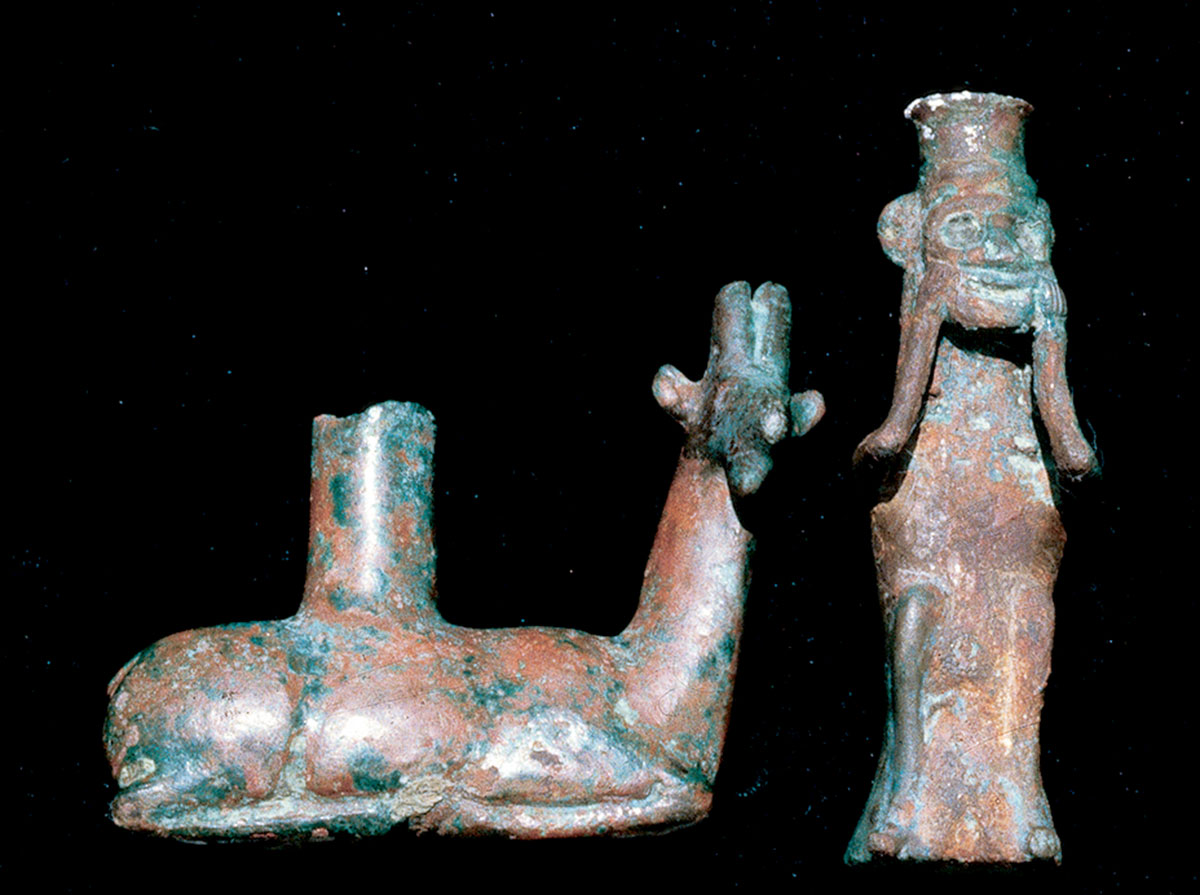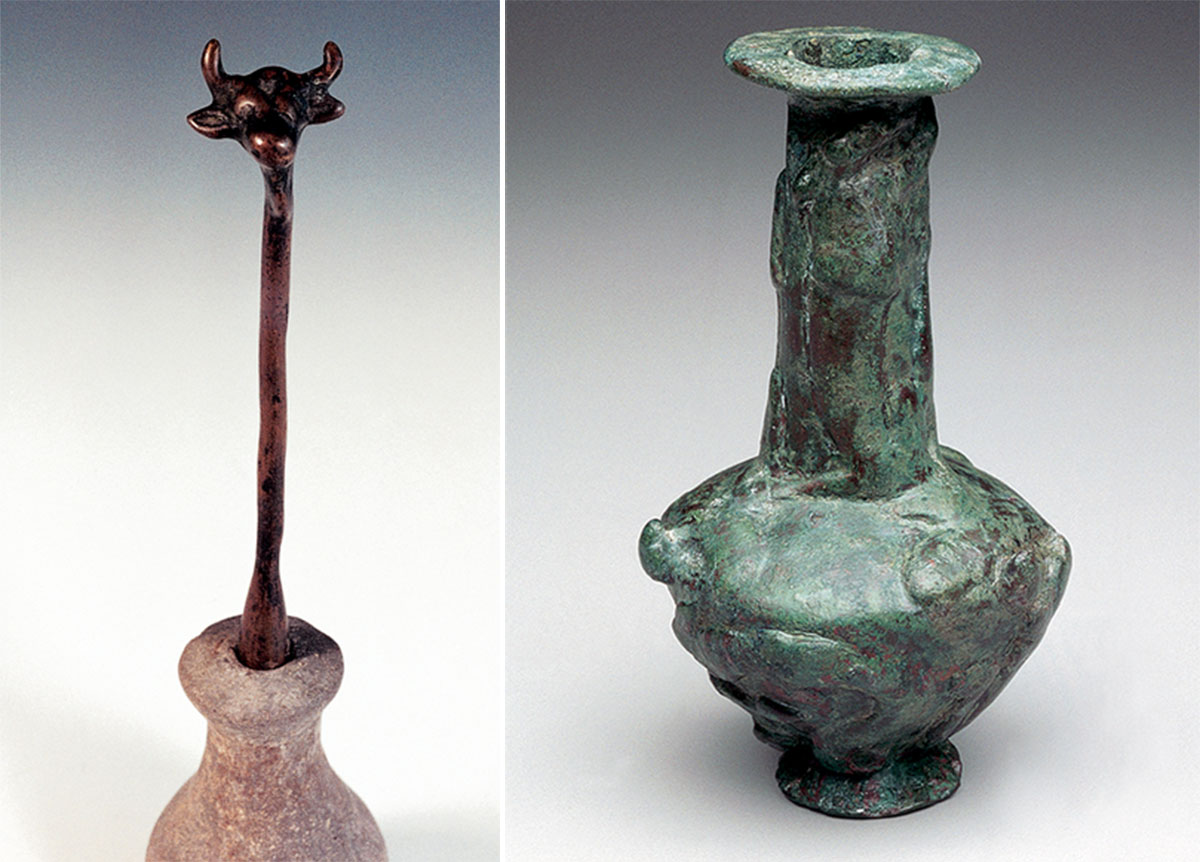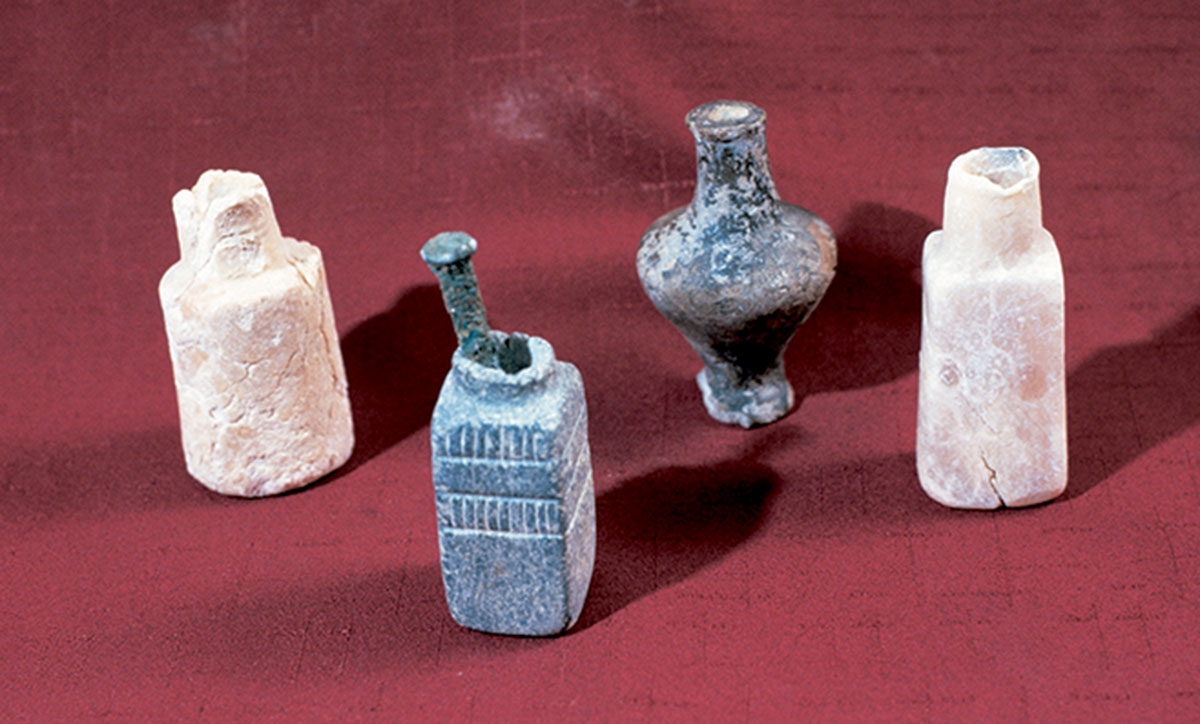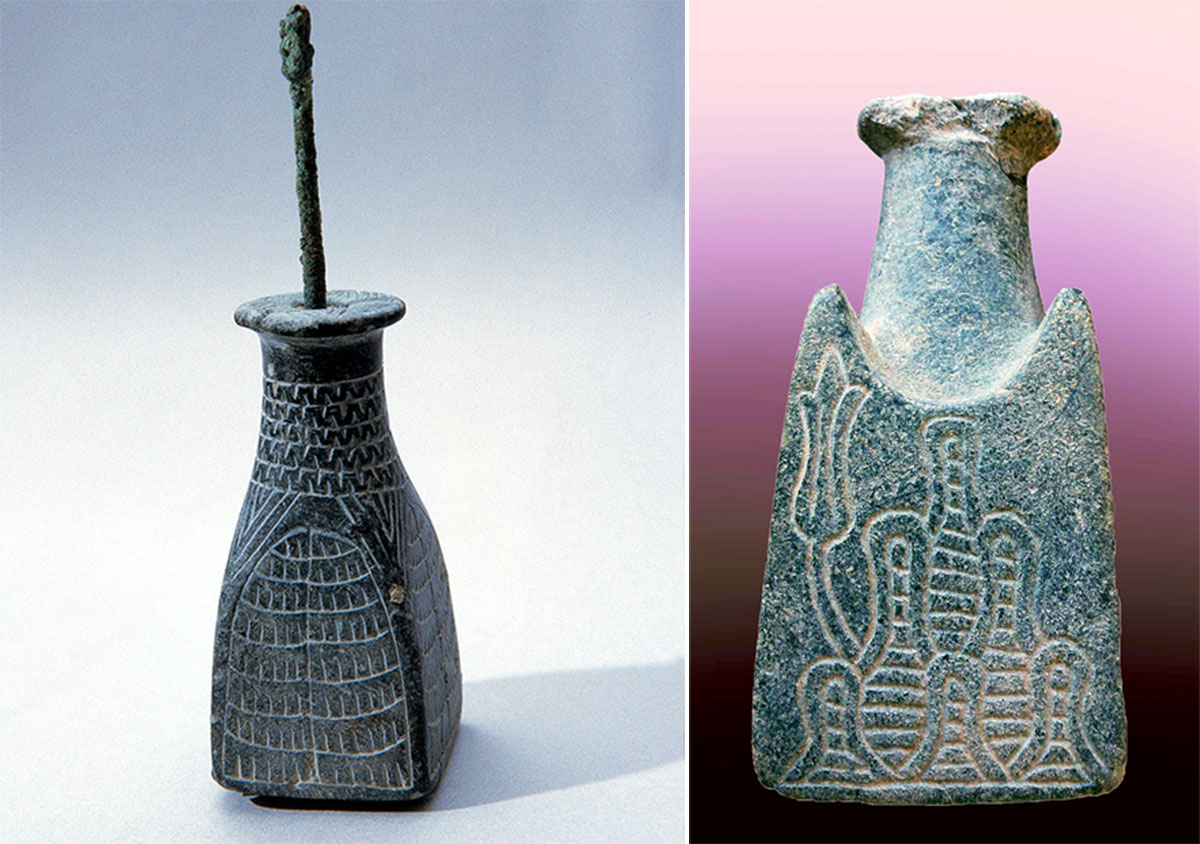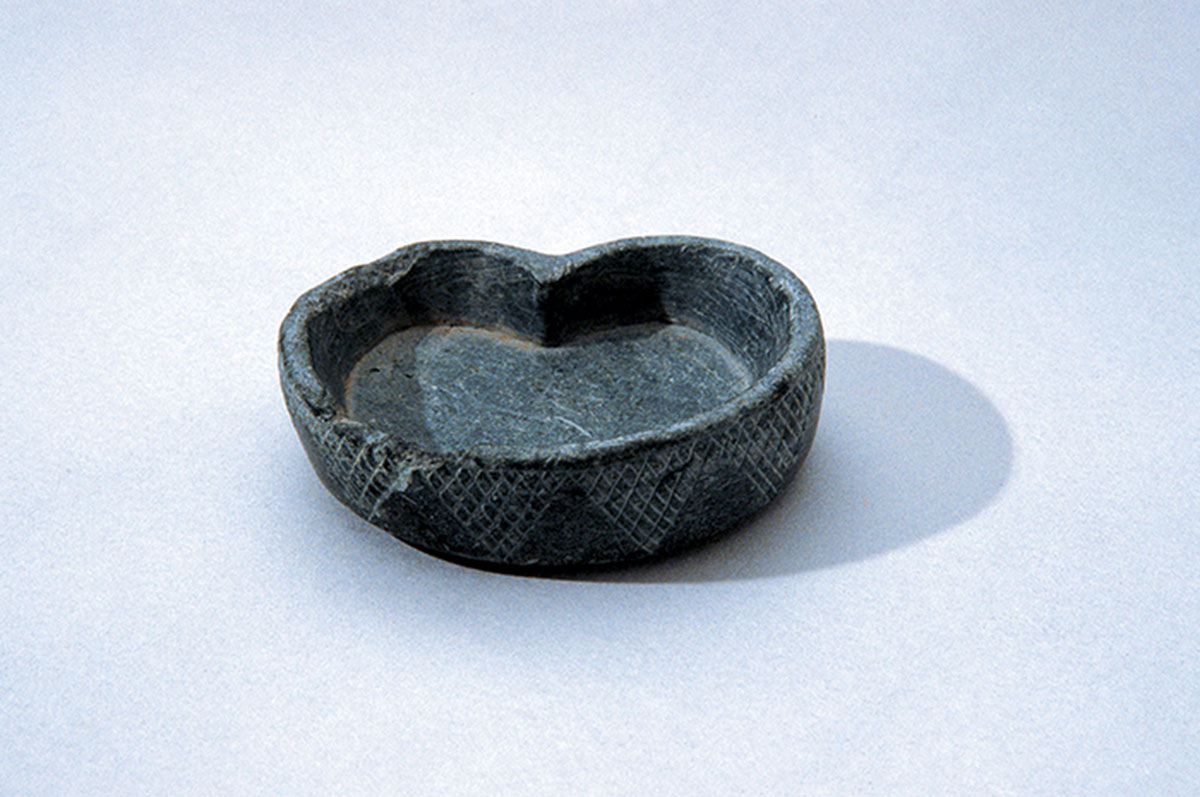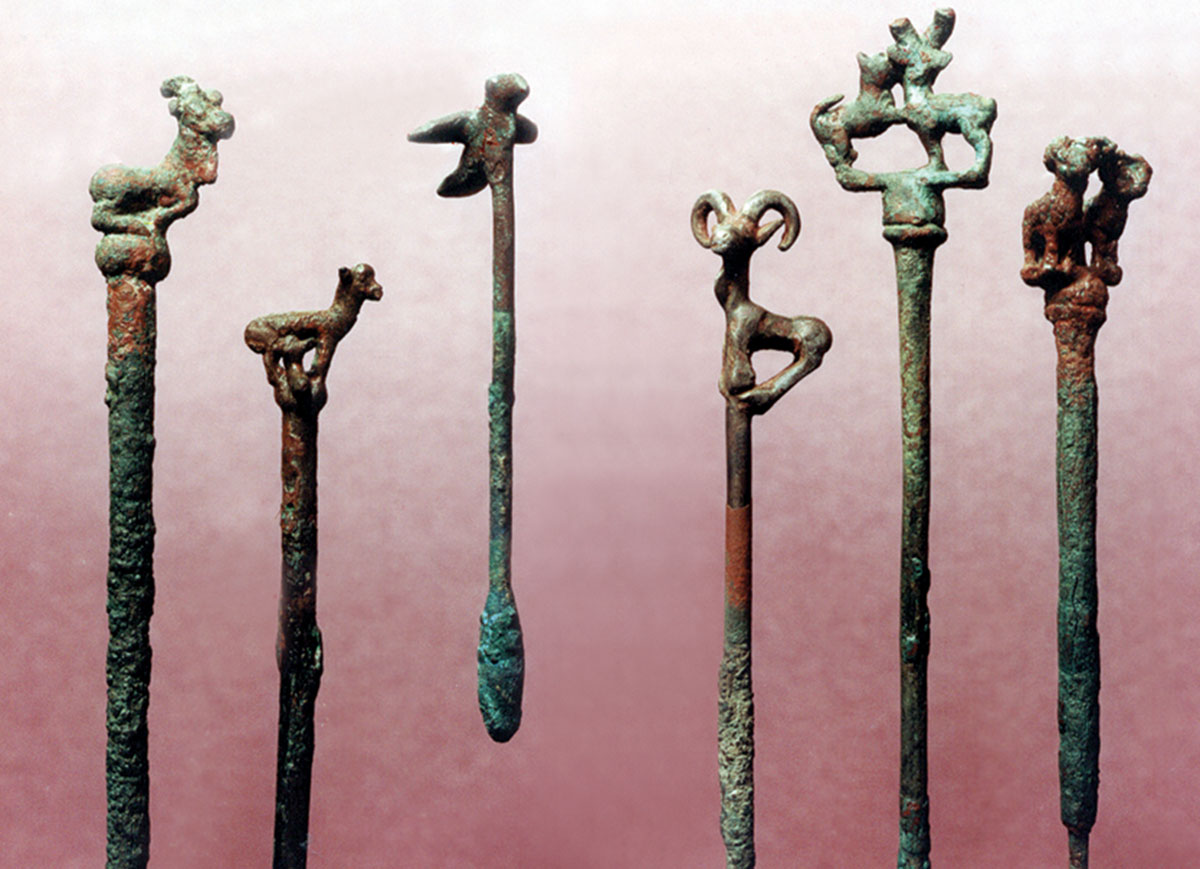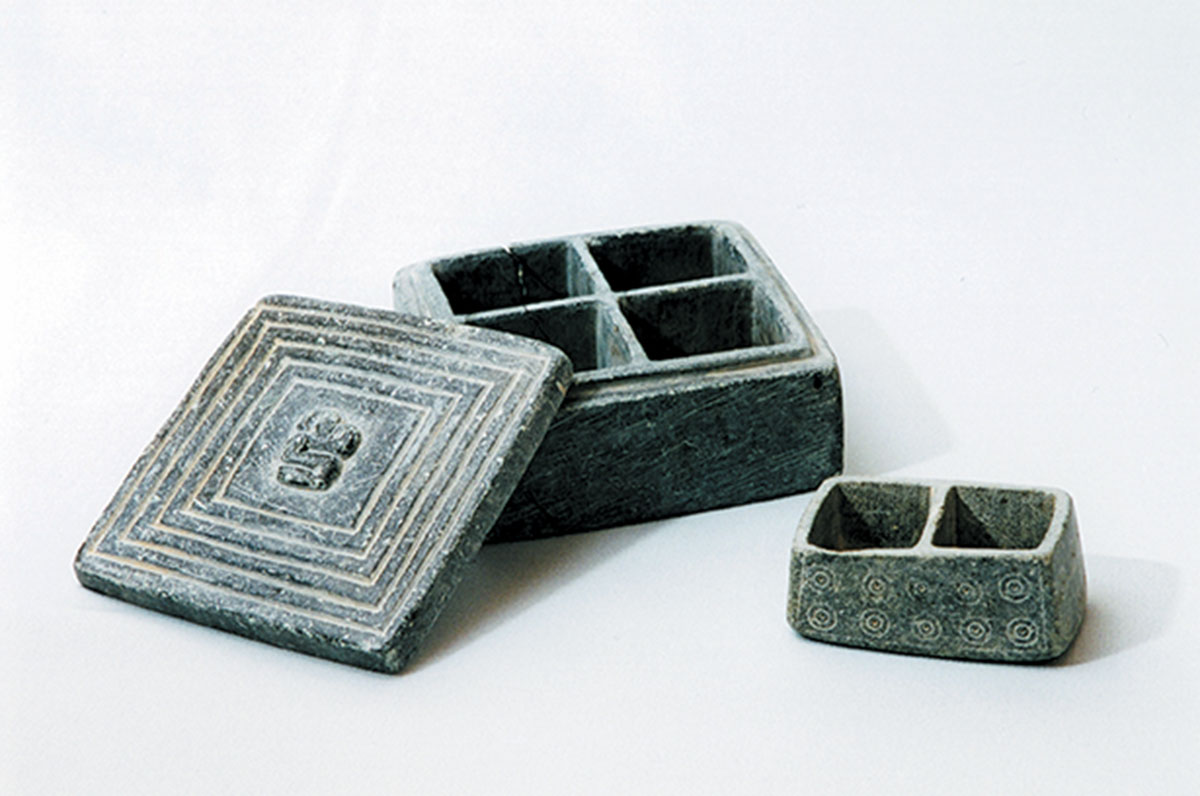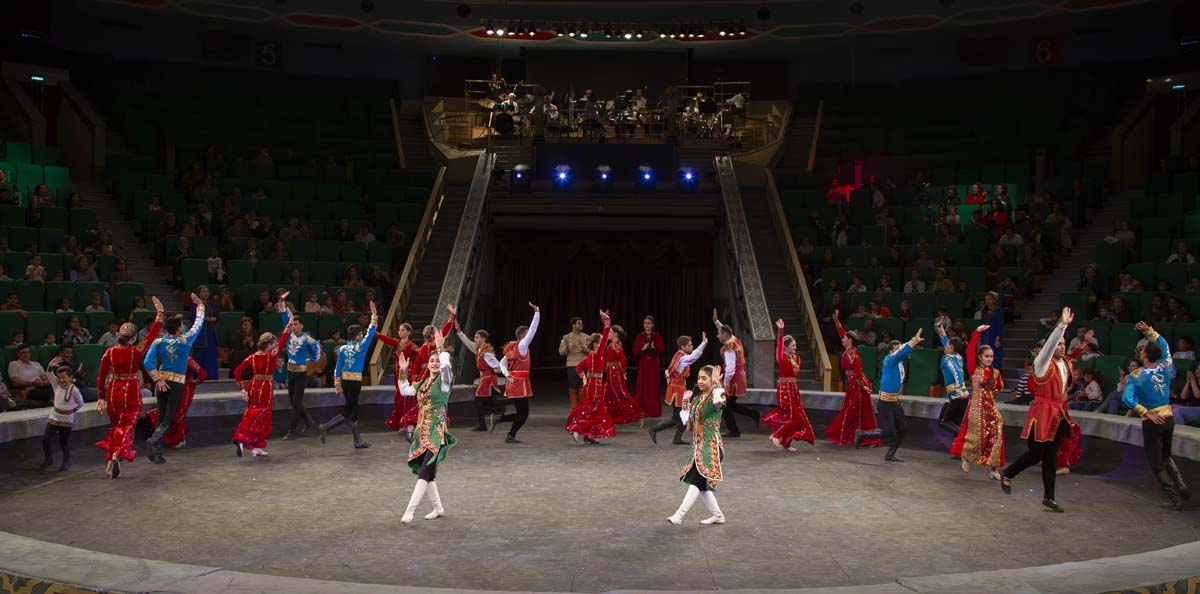Those who lived in the Kingdom of Margush must have had their word for ‘perfume’. This is evidenced by artifacts dating back at least 4,000 years that are currently on display in one of the exhibition halls at the Mary Velayat Museum of Local History.
Miniature bottles and containers made from stone, baked clay, and metal were unearthed at Gonurdepe, the archeological site in the ancient Murgab River delta. According to the great archeologist and orientalist Victor Ivanovich Sarianidi, they were most likely used for storing cosmetics. Ancient artisans made every effort to shape these items into exquisite forms. They are round and egg-shaped, hemispherical, square, with a blunted conical bodies and stands.
Miniature narrow-necked containers for fragrances and the ones with wide-necked openings for aromatic oils and dyes feature painted decorations and even floral ornaments.
- Women undoubtedly sought to look beautiful and attractive in those ancient times, said Lyalya Nazarovna Shamedova, the head of the Museum’s Scientific Research Expedition Department. - And cosmetics and beauty products were made by local producers.
Vessels, cosmetic dishes, and small stone or ceramic containers for grinding fragrant plants, vaporizing liquids and mixing ingredients were discovered at Gonurdepe. Not only did women use creams and make-up, but also priests for ritual ceremonies. Our collection boasts containers with small doors. They were likely used for burning oils - a forerunner to modern aromatherapy.
On view are also objects that can be collectively called cosmetic tools: bone and metal spatulas used for mixing or applying cosmetics. Some have zigzag-shaped or snake-shaped handles. The magical collection is complemented by copper mirrors. They might still retain the aura of Margush beauties…
Vladimir FROLOV




